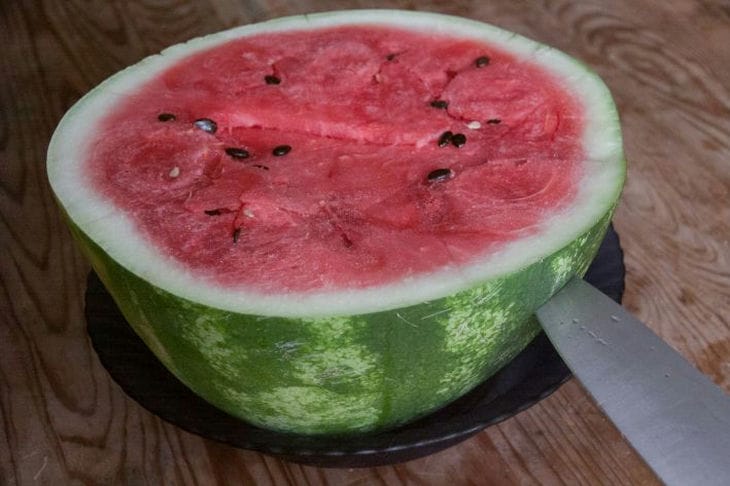In cold climates, watermelon production may be limited by a short growing season.
A greenhouse is an ideal solution to extend the ripening season and get tasty watermelons ahead of schedule.
Let's consider effective methods for accelerating the ripening of watermelons in a greenhouse, says Anastasia Kovrizhnykh .
Selecting the right varieties
When choosing watermelon varieties for growing in a greenhouse, you should pay attention to varieties that are characterized by a shorter ripening period.
Some varieties have accelerated growth rates and are able to mature in a shorter period. Purchase seeds or seedlings of such varieties from trusted suppliers.

Soil preparation
Proper soil preparation is the key to successful watermelon growing. In a greenhouse, it is preferable to use loose and fertile soil with good drainage capacity.
Before planting watermelons in a greenhouse, it is recommended to conduct a soil analysis and make any necessary amendments, such as compost or organic fertilizers.
Temperature control
Temperature plays an important role in the ripening process of watermelons. In a greenhouse, temperature conditions can be controlled, which allows for optimal conditions for the growth and ripening of plants.
It is important to maintain daytime temperatures between 25-30°C and nighttime temperatures between 18-22°C to stimulate the ripening process.
Lighting
Proper lighting also affects the ripening of watermelons. In a greenhouse, watermelons should be provided with sufficient light.
If there is a lack of natural light, artificial lighting can be used, especially on cloudy days or in winter.
Watering
Regular watering is one of the key aspects of successfully growing watermelons in a greenhouse. However, avoid excessive waterlogging to avoid overwatering the root zone.
Maintain an optimal watering regime depending on climatic conditions and the stage of plant development.
Fertilizers
Correct use of fertilizers promotes active growth and ripening of watermelons.
It is recommended to use fertilizers rich in potassium and phosphorus, as they promote the formation of fruits and improve their taste. However, you should take precautions and not overdo it with fertilizers to avoid overloading the soil.
Pollination
To obtain fruits, proper pollination of flowers is necessary. In a greenhouse, where the possibility of natural pollination is limited, you can carry out manual pollination by transferring pollen from male flowers to female flowers.
Earlier we talked about why there are a lot of flowers on tomatoes , but no harvest.









